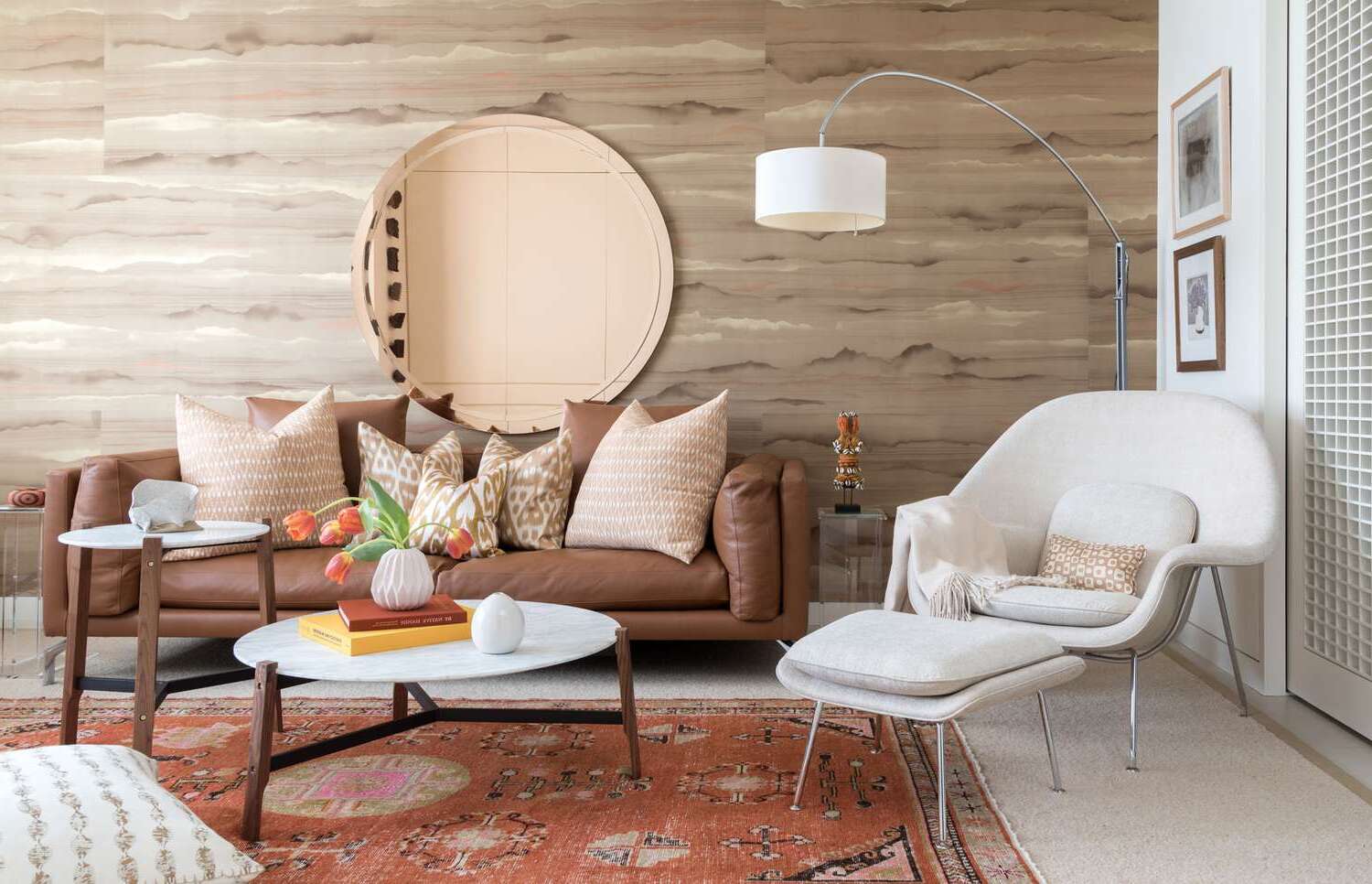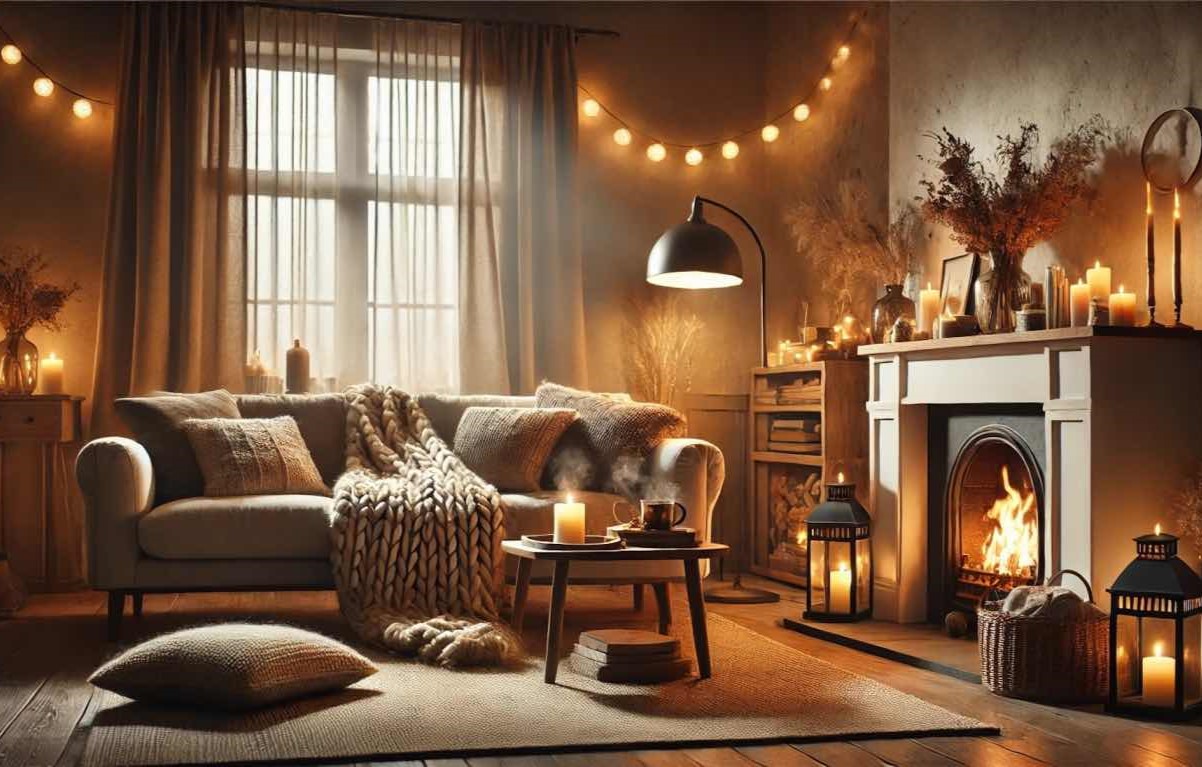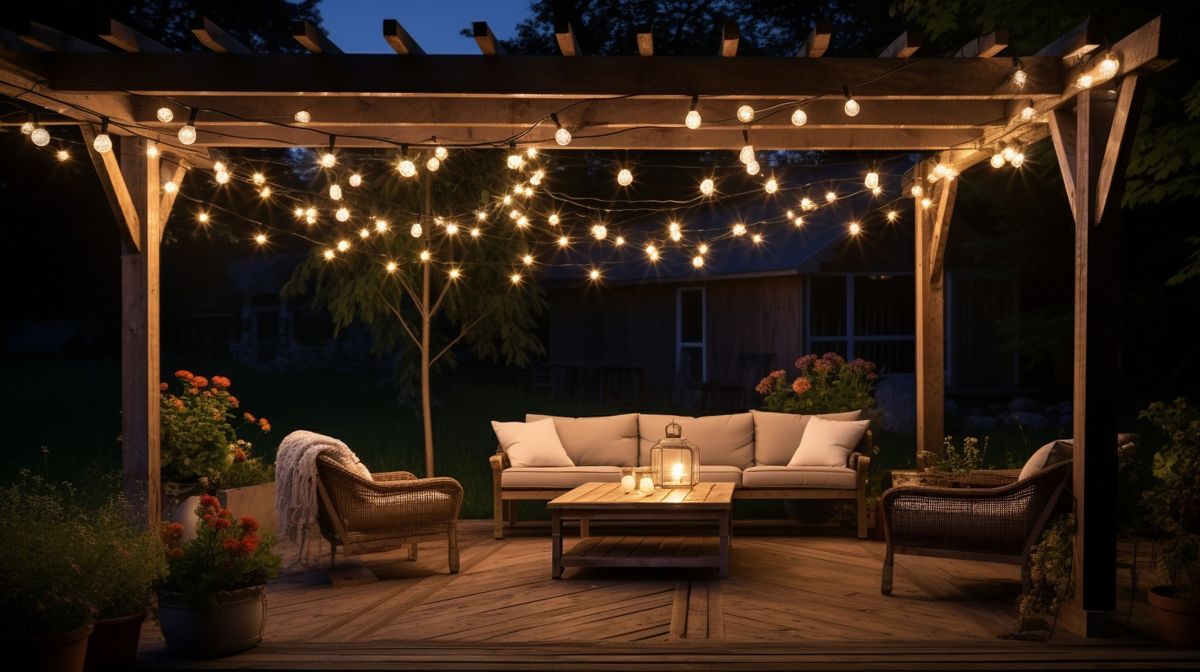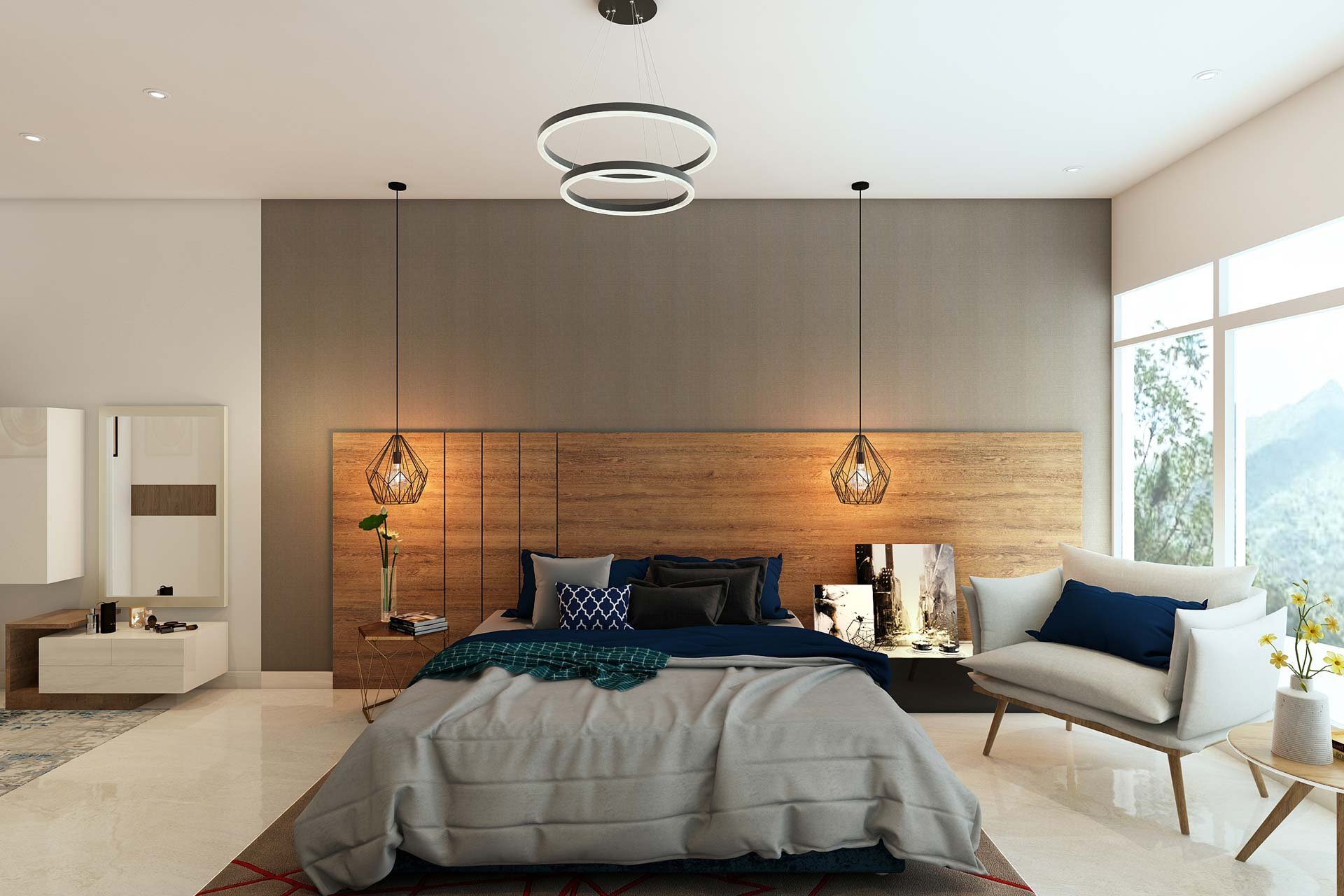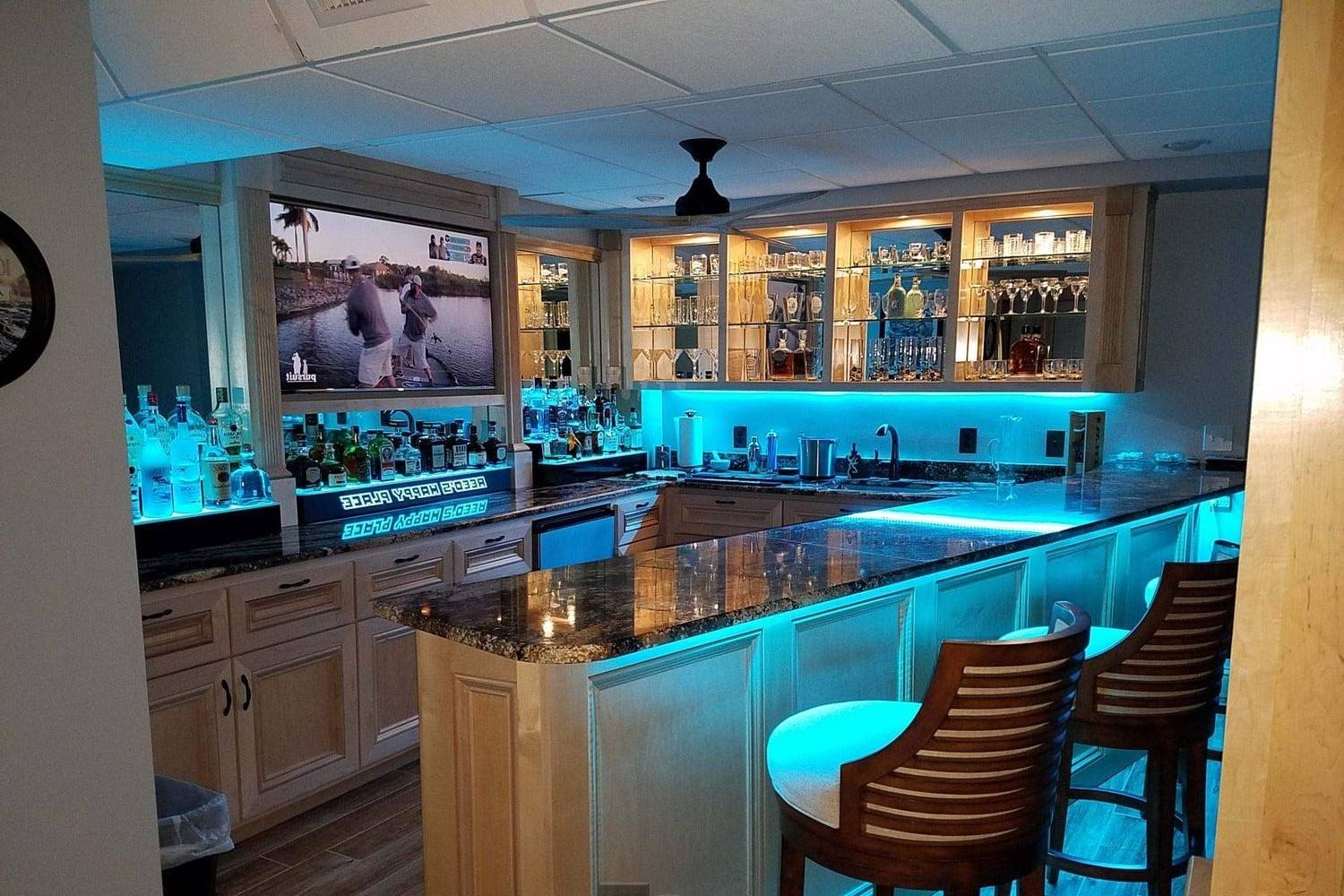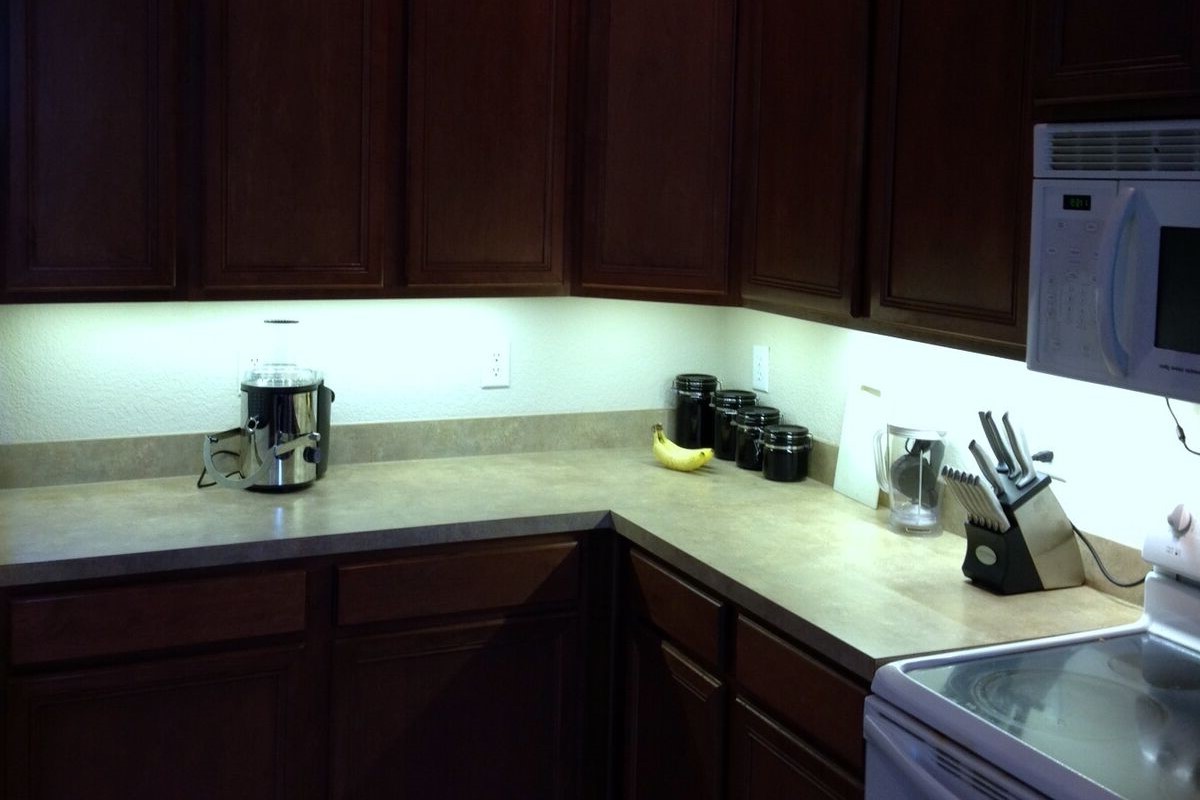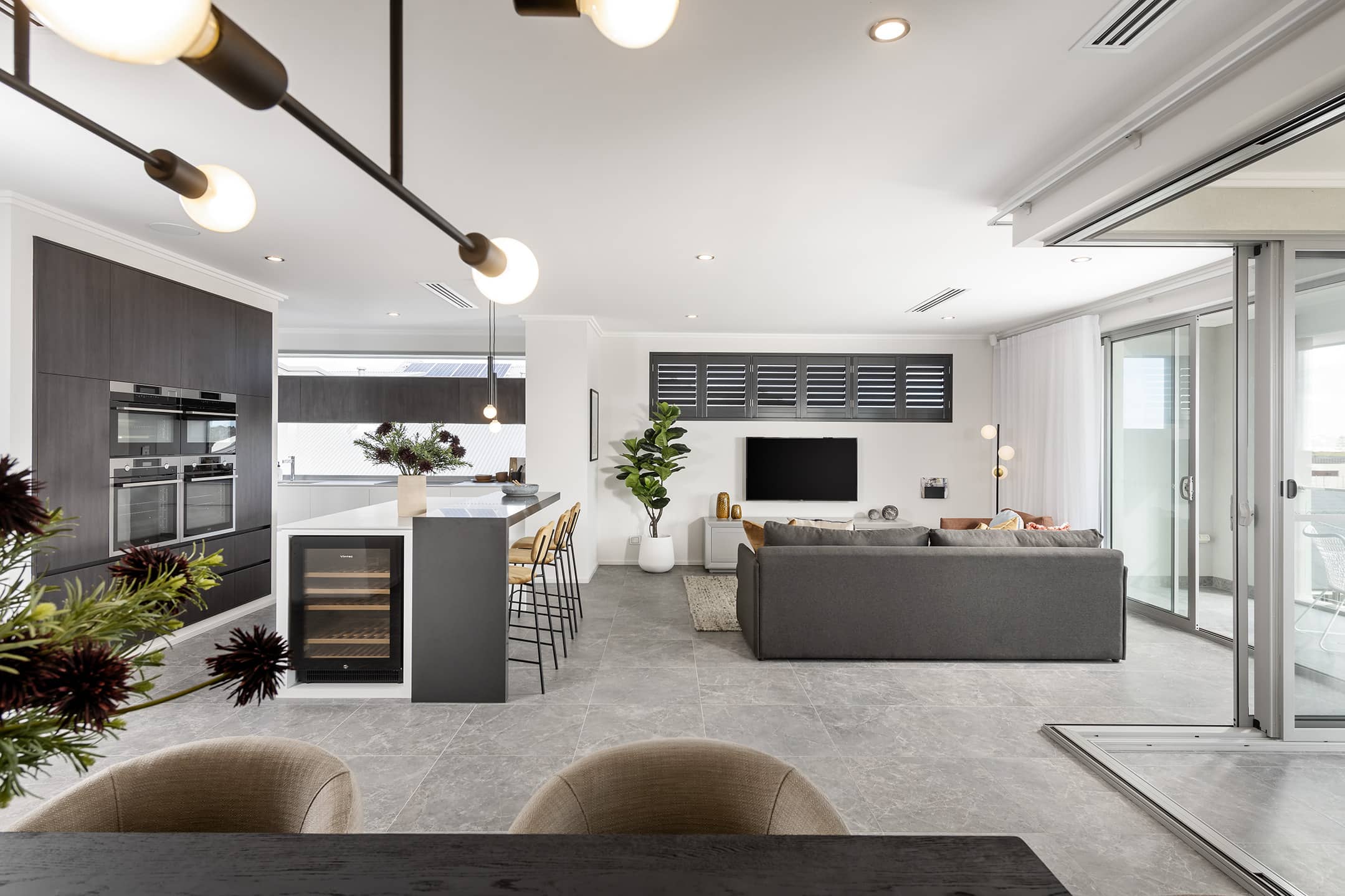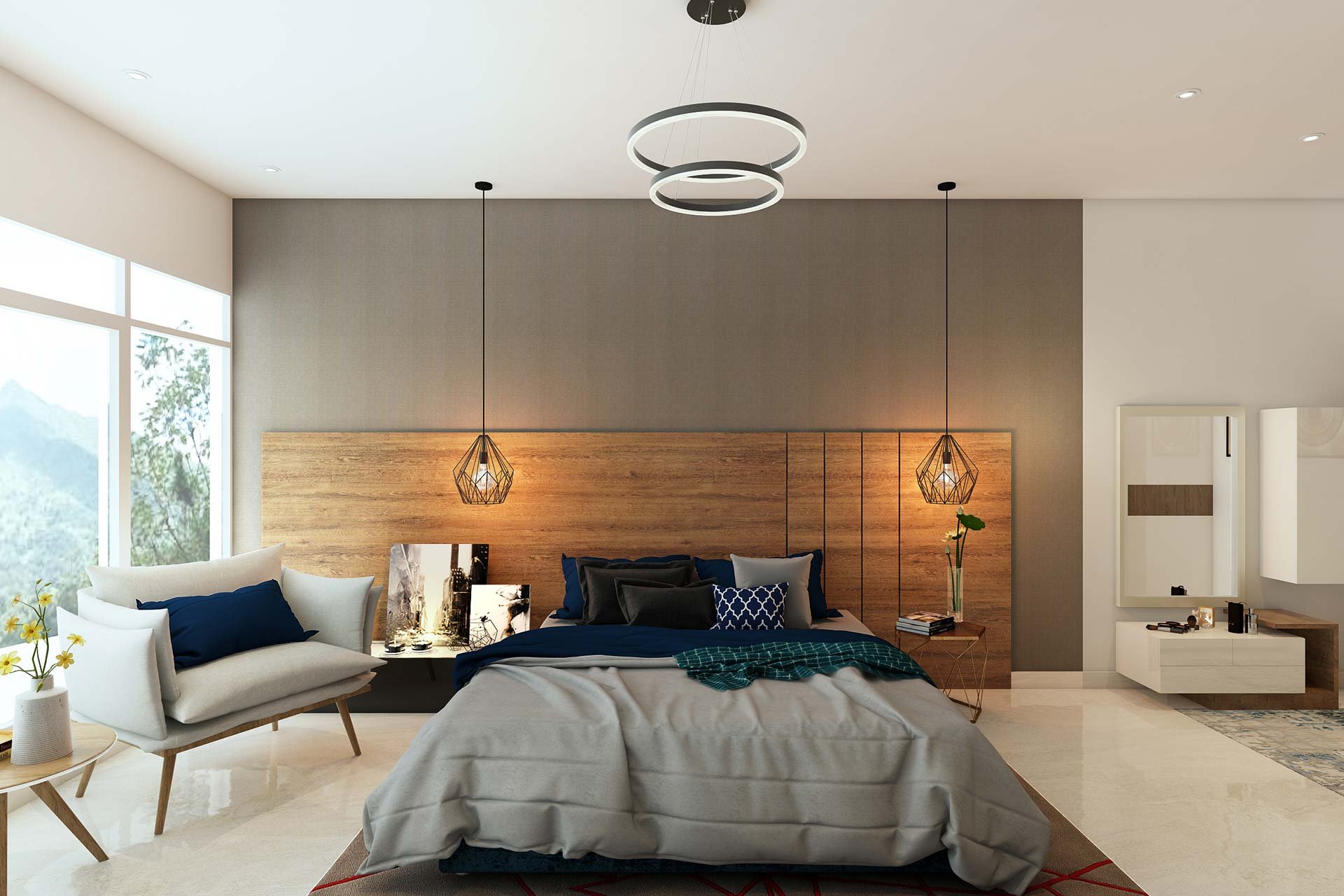Home> Home Lighting
Home Lighting Essentials: Everything You Need to Know
Discover the secrets of perfect home lighting. Explore latest trends, tips, and ideas to illuminate spaces uniquely. Start creating a beautiful, bright home today!
Under-Cabinet Kitchen Lighting to Brighten Your Workspace
By: Henry Campbell • Ideas and Tips
Maximizing Natural Light in Your Home: Design Tips and Tricks
By: Noah Bennett • Ideas and Tips
